A Voyage 87-Years in the Making on Holland America’s Rotterdam
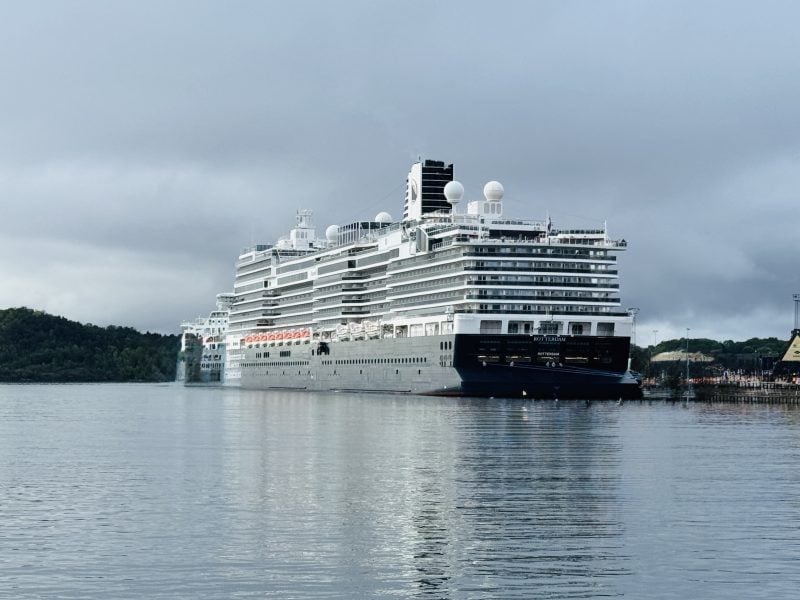
In the widespread and critically acclaimed film, “A Real Pain,” Jesse Eisenberg went back to Europe to see where his grandmother lived, and noted, “Our grandmother survived when the whole world was trying to kill her.”
The film of course explores somewhat universal themes of grief, trauma, and the search for meaning and connection in a very complex world. People deal with these themes in many ways: some seek out complete stability of a uniformly settled life, while others find comfort in the constant movement and anonymity of travel, while at heart searching for a stability that somehow seems unobtainable.
I have done both. Two decades of law practice, marriage, and child-rearing – nothing more stable than that – followed by well over a decade as a journalist – nothing more unstable than that. But as we all know, love makes us do crazy things.
Milestone Anniversaries
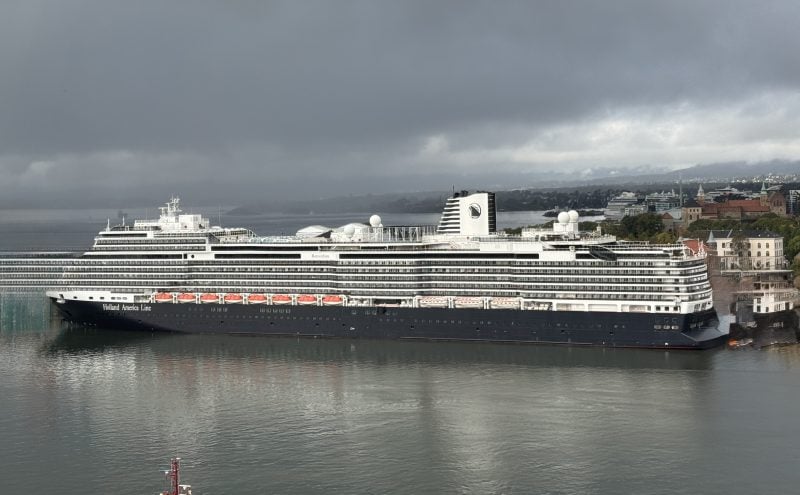
In 2023 Holland America Line celebrated its 150th anniversary to much fanfare. As unique anniversaries provide the impetus for in-depth, contemplative reflection, I had planned to attend those festivities in honor of another important anniversary, but life got in the way.
Fast forward to mid-September 2025. I joined Holland America’s third Pinnacle Class ship, the Rotterdam, launched in 2021, and set sail from the city of Rotterdam to Scandinavia. This was a partial dovetail as precisely 87-years ago that very same week, the wide-eyed, frightened 12-year-old who would one day become my father, his parents, and two siblings sailed out of Rotterdam on Holland America Line’s Statendam III as Europe was on the very brink of WWII.
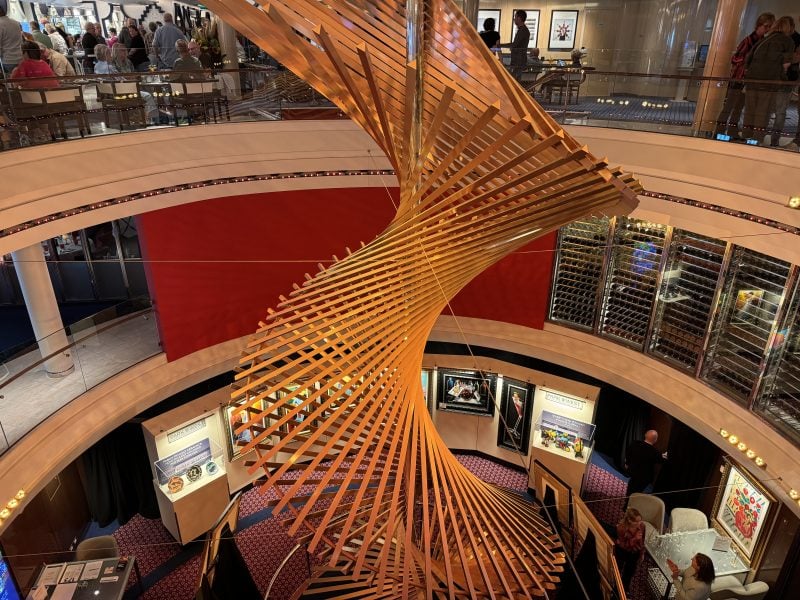
The Rotterdam is far larger than most ships I write about, has a capacity of about 2,600 passengers, an international crew of 1,025 providing great service and nine restaurants including perennial favorite Rudi’s Sel de Mer, Italian Canaletto, Pinnacle Grill steakhouse, Pan-Asian Tamarind, Morimoto by Sea Pop Up, NY Pizza, Dive-In poolside grill, Grand Dutch Cafe and Lido Market’s casual buffet.
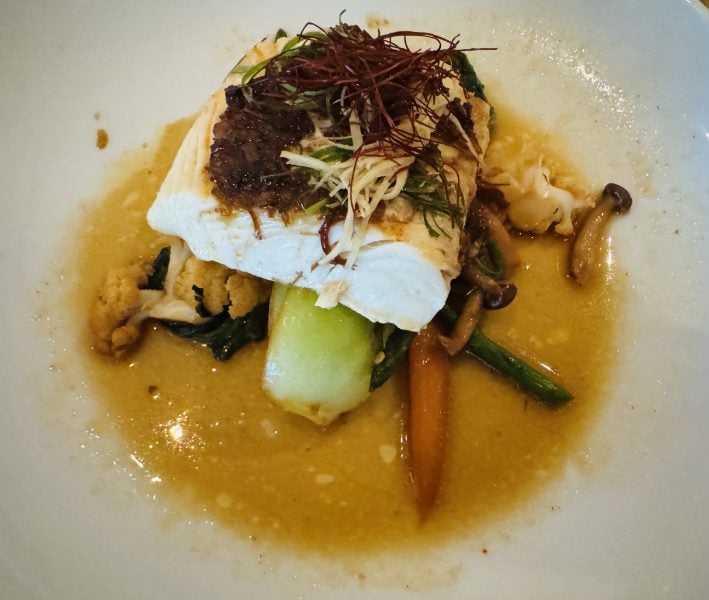
There are of course several bars, Vegas headliner-worthy live music on several stages, an enormous casino, enrichment lectures, an excellent spa, beauty salon, and state-of-the-art fitness center with spinning, yoga, and other classes, and for those in love with the craze du jour, plenty of pickleball to play.
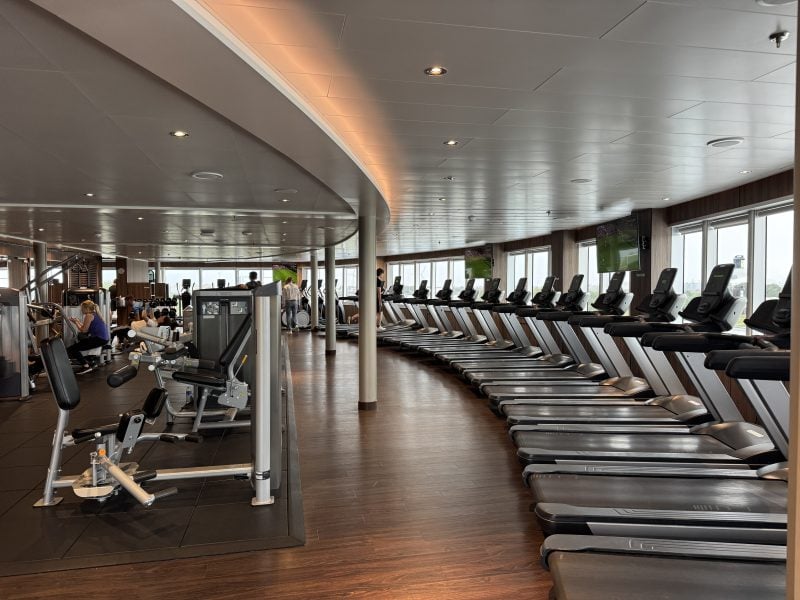
That was all lovely. Although never far from my mind was the wild juxtaposition contained in my proverbial carry-on: for my forebears, thoughts of their unimaginably brave and daring escape from fascism and Nazis into the unknown in a new country; for me, deriving pleasure on the high seas and in a changing Europe as I tried to imagine their journey with the only thing remaining for them after eight generations in their homeland was a total of seven suitcases, their memories, and thankfully their very lives.
Sailing to Freedom on The Statendam
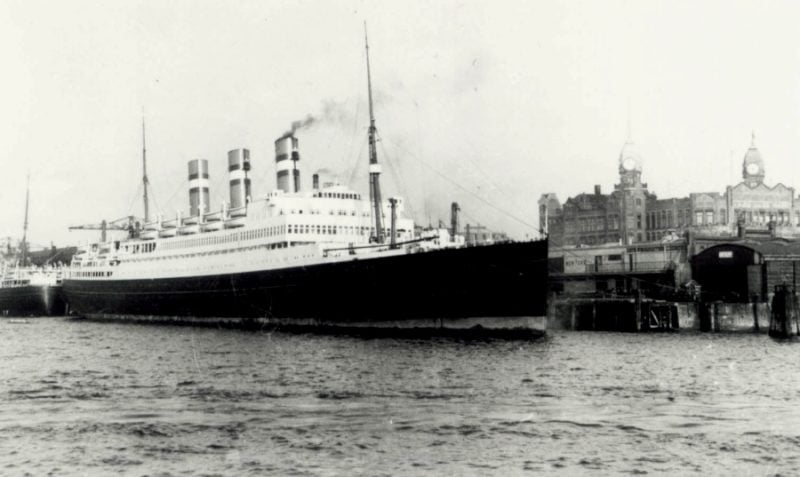
Holland America has a rich history with multiple ships named Statendam. The first, launched in 1898, was sold in 1911 and renamed several times. The second, launched in 1914, was completed as another line’s ship. Though the contract for the third – on which my family embarked in 1938 – was awarded in 1919, construction was first slowed by the British steel shortages. Then the hull lay in the Belfast finishing quay for three years. As the hull was being brought to Holland for completion in April 1927, the toe line jam broke and the captain and several crew were injured.

The Statendam’s first voyage finally took place on April 11, 1929 to New York and was nicknamed, “the Queen of the Spotless Fleet.” Six months later with 557 passengers aboard and en route to the Caribbean, it collided with the American SS Golden Cloud. Fortunately, no injuries were sustained and both ships continued onward. In April 1931, the Statendam ran aground near Southampton.
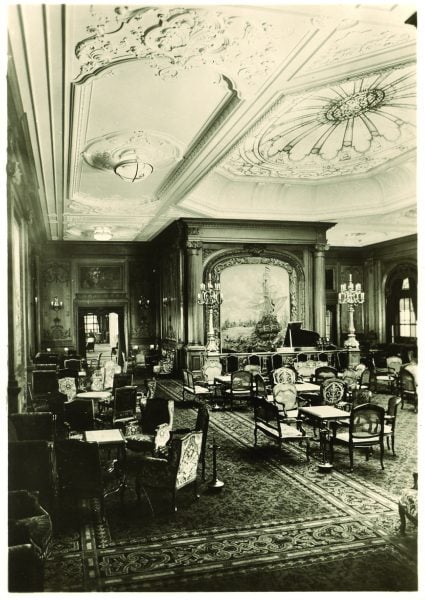
On November 24, 1939, just 14 months after my family sailed, the Statendam commenced its final voyage to New York. Three weeks later, as the Greek flagged British cargo carrying SS Germaine took fire, its crew boarded lifeboats as the Statendam attempted assistance. In May of 1940 during the German invasion, the Statendam was seized and machine guns were installed on her deck. When intense fighting commenced with the Dutch military, the Statendam sadly was set ablaze, burning for days and ultimately destroyed.
On the Rotterdam
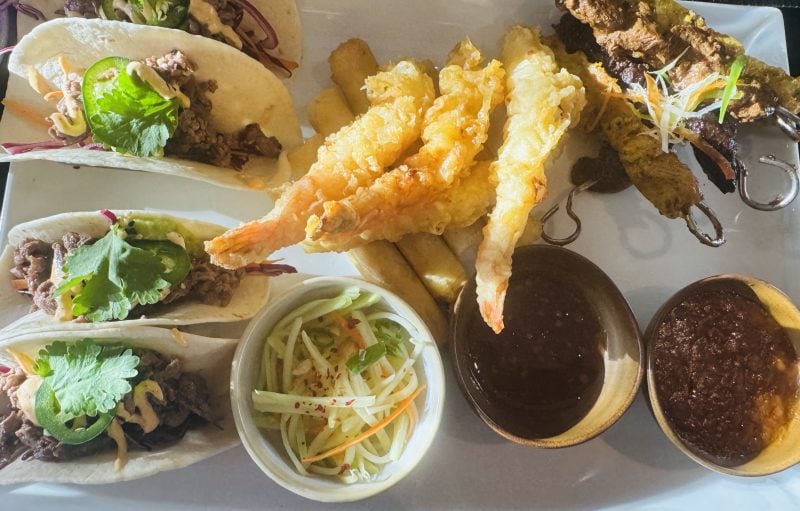
I had many decisions to make. What wines, appetizers, and main dishes should I have in pleasantly decorated and comfortable surroundings served by a genuinely hospitable staff? Should I march on the treadmill, take a spinning class, or get my steps in walking the ship while admiring its seriously impressive modern art collection?
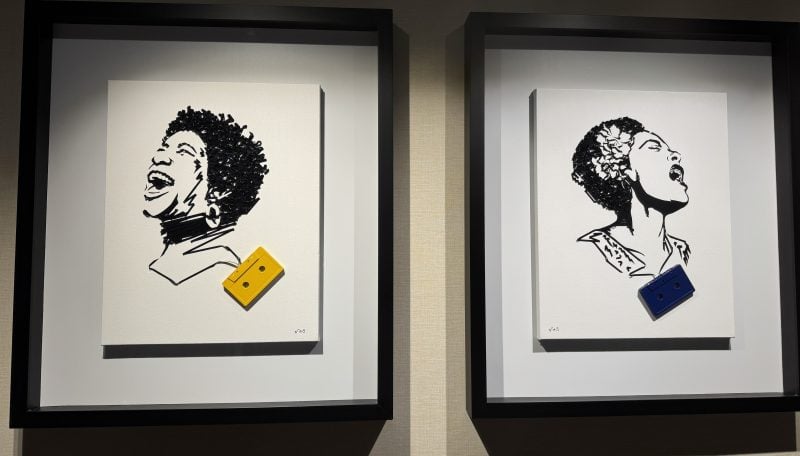
Should I stroll miles in a Norwegian forest, meander the streets of Copenhagen, or take a shore excursion foodie tour in a charming hamlet? Should I read a book or take a nap in my blissfully comfortable king-sized bed adorned with high-count sheets? Should I have yet another perfect cappuccino and delicious Dutch apple pie at Grand Dutch Café?
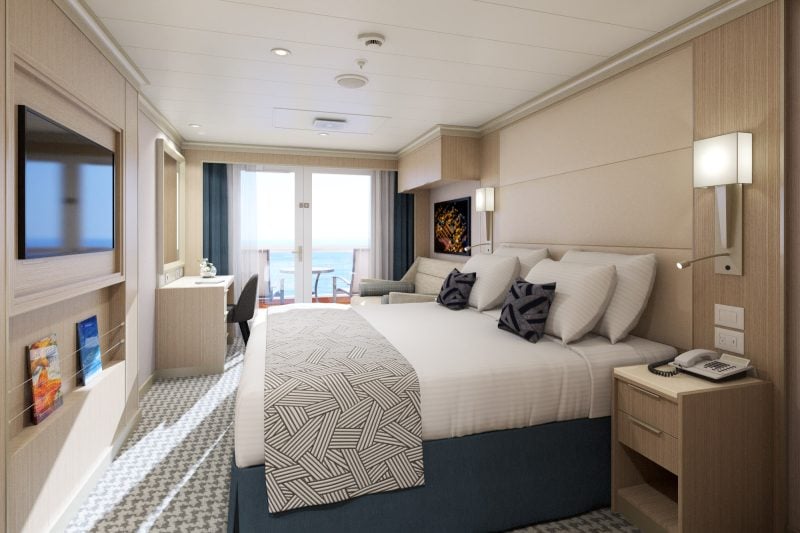
Unlike me, contentedly sailing through fjords, meandering lovely Scandinavian cities while wining and dining and appreciating my good fortune, my grandparents and their three children escaped Vienna in the middle of the night with their lives and precious few belongings bound for Holland and onward to America clutching scarce, rare diamonds. The ones sewn into the lining of my grandmother’s overcoat ensuring their survival, and the rarer ones still: five lottery-won entry visas to the U.S., miraculously obtained by a previously unknown third cousin of my grandmother, a lawyer, living in the American Deep South.
Lofty Lady Liberty
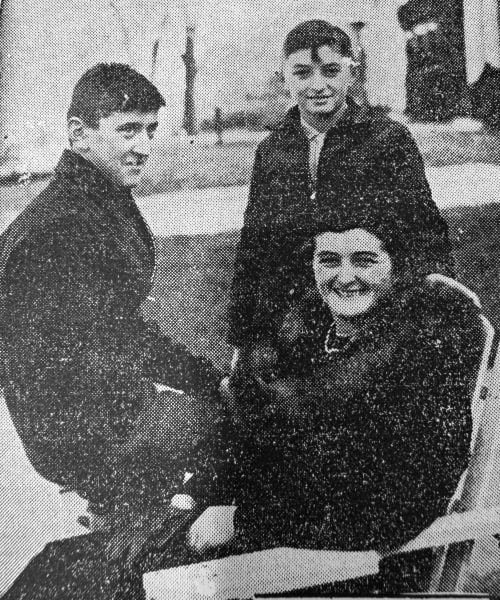
As weary and afraid as my grandparents were, when the Statendam pulled into N.Y. harbor, the sight of the Statue of Liberty gave them incredible hope. Years later my aunt would recount that when Lady Liberty first became visible that autumn day, men stopped and silently removed their hats in respect. Indeed, so many passengers had gone to the side of the ship to revel in the gravity of the moment, the ship severely listed with several irrationally fearing the ship would capsize under the shifting weight.
While full of gratitude for the ability to escape Europe with their lives intact, my grandparents nursed legitimate fears of starting life anew with three children in tow in an unknown land coupled with suffering the crushing losses of several close family members to the Nazis, and worries of masked, if not, overt anti-semitism.
Years earlier in 1883, 34-year-old poet Emma Lazarus, a descendant of Sephardic Jews who had escaped the Spanish Inquisition, wrote the now famous sonnet:
“Give me your tired, your poor,
Your huddled masses yearning to
breathe free.…”
Lazarus perhaps didn’t know it then, but she was writing about my grandparents – and maybe yours – those who always made the American experiment and experience great.
In contemplating Eisenberg’s grandmother in the movie “A Real Pain,” along with her his musings about her and my own, it became clear to me that as life continues down new and different paths, one must learn to live in a present and indeed a future that one simply didn’t see coming. That is, at its essence, quite often the very crux of an immigrant’s tale.
The question then becomes how can we be so overwhelmed by our freedoms when our ancestors were denied them? And further, most things that cause us grief in this lifetime could be deemed utterly comical given what they went through and endured so that we, their progeny, could live in the land of the free.
The American Story Continues
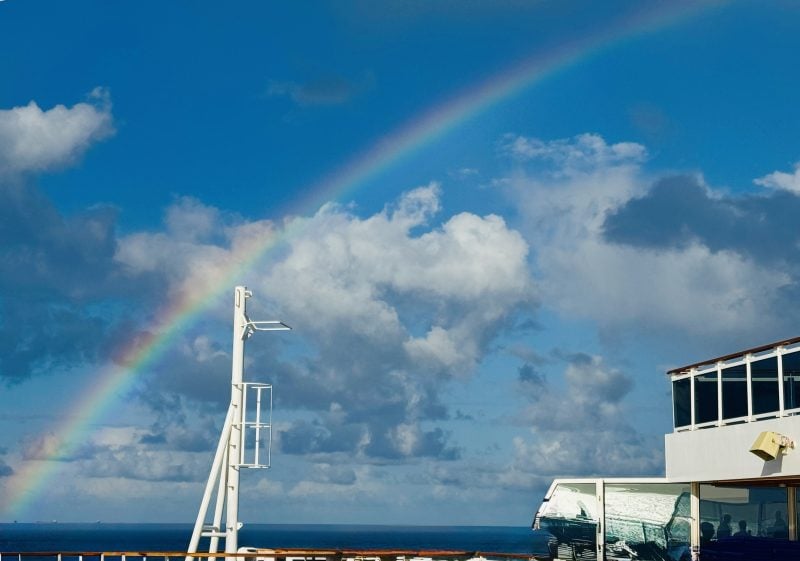
After covering 1,715 nautical miles roundtrip from Rotterdam, I spent a few days in Amsterdam before journeying onward. Though I’d been before, I stopped by Anne Frank’s house as an unneeded reminder of what happened to so many who were denied the ability – and often the simple blind luck – to safely depart during some of humanity’s darkest days.
While our great nation has changed dramatically in the last few years, often appearing at times unrecognizable from my childhood and young adulthood, I’m 1000-percent confident my grandparents would have done anything in their power to come to the U.S., so strongly they believed in America’s promise and in the American dream.
My grandparents contributed to their new community with hearts full of gratitude for what they were spared, and what they were granted. In turn, by incredible strokes of timing, luck, and grace, they, then I, and now my progeny became part of the fabric of the quintessential American story. Just as Holland America’s Statendam and Rotterdam became an intrinsic and essential part of ours.
Julie L. Kessler is a journalist, attorney, and the author of the award-winning memoir: “Fifty-Fifty, The Clarity of Hindsight.” Her work has appeared in major publications around the world, including The L.A. Times, The S.F. Examiner, The Asia Times, The Jerusalem Post, The Vancouver Courier, The Honolulu Star-Advertiser, The Daily Journal, among many others. She can be reached at Julie@VagabondLawyer.com





